This is a very simple step by step on how to check your O2 sensor whether it is in good working condition or need a change. If you have not get yours check, please read on. If you already get yours checked and feel that this post is boring, then please jump to the following links: Girls of The Goodyear Formula Drift Malaysia : Zerotohundred.com 
Here you go ~
1) Turn off your engine
2) Locate your diagnostic connector, and look for terminal "OX1" and "E1"
3) Get an analog multi meter (any brand can do)
4) Select to 2.5Vdc range
5) Insert the red colour probe to "OX1", and black colour probe to "E1"
6) Place the multi meter on the windscreen, as near to the driver side as possible
7) Start your engine
8) Wait till it reach working temprature
9) Keep your RPM at 2500
10) Observe you multi meter's needle. It should be moving up and down, from 0 to 2/5 of full scale.
11) Time your watch, a good O2 sensor will move the needle up and down for at least 8 times in 10 sec.
If your needle move less than 8 times per 10 sec, or idle at any scale, your O2 is dead.
Change it asap to safe the world.
Have a good time!

Here you go ~
1) Turn off your engine
2) Locate your diagnostic connector, and look for terminal "OX1" and "E1"
3) Get an analog multi meter (any brand can do)
4) Select to 2.5Vdc range
5) Insert the red colour probe to "OX1", and black colour probe to "E1"
6) Place the multi meter on the windscreen, as near to the driver side as possible
7) Start your engine
8) Wait till it reach working temprature
9) Keep your RPM at 2500
10) Observe you multi meter's needle. It should be moving up and down, from 0 to 2/5 of full scale.
11) Time your watch, a good O2 sensor will move the needle up and down for at least 8 times in 10 sec.
If your needle move less than 8 times per 10 sec, or idle at any scale, your O2 is dead.
Change it asap to safe the world.
Have a good time!
Attachments
-
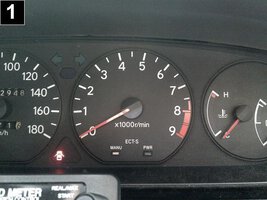 20012010294.jpg49.4 KB · Views: 12,271
20012010294.jpg49.4 KB · Views: 12,271 -
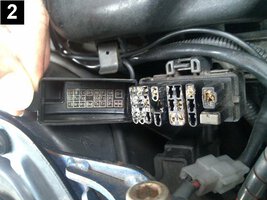 20012010295.jpg56.6 KB · Views: 12,484
20012010295.jpg56.6 KB · Views: 12,484 -
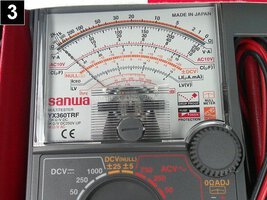 20012010296.jpg72 KB · Views: 12,042
20012010296.jpg72 KB · Views: 12,042 -
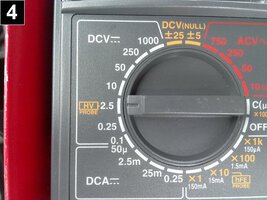 20012010297.jpg60.1 KB · Views: 11,846
20012010297.jpg60.1 KB · Views: 11,846 -
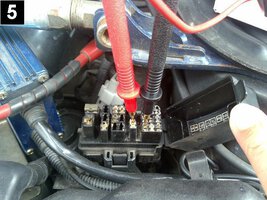 20012010299.jpg69.1 KB · Views: 11,989
20012010299.jpg69.1 KB · Views: 11,989 -
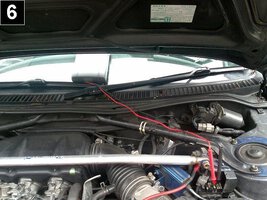 20012010300.jpg65 KB · Views: 11,741
20012010300.jpg65 KB · Views: 11,741 -
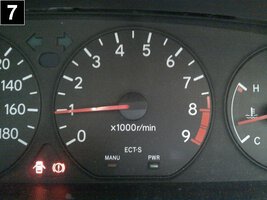 20012010301.jpg46.5 KB · Views: 10,583
20012010301.jpg46.5 KB · Views: 10,583 -
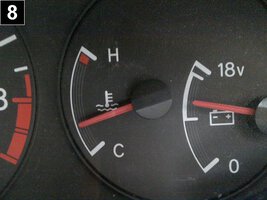 20012010302.jpg45 KB · Views: 10,448
20012010302.jpg45 KB · Views: 10,448 -
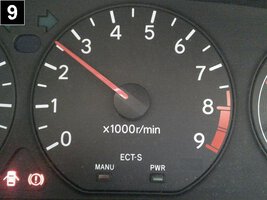 20012010303.jpg47.8 KB · Views: 10,288
20012010303.jpg47.8 KB · Views: 10,288 -
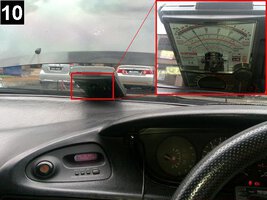 20012010304.jpg56.1 KB · Views: 10,543
20012010304.jpg56.1 KB · Views: 10,543 -
 20012010305.jpg58.5 KB · Views: 10,166
20012010305.jpg58.5 KB · Views: 10,166
Last edited:

